The Temple of Artemis in Ephesus, located near the modern-day city of Selçuk in Turkey, stands as a testament to the grandeur and cultural significance of the ancient world. Built in dedication to the Greek goddess Artemis, it was one of the Seven Wonders of the Ancient World. Today, the temple’s ruins continue to attract visitors from around the globe, offering a glimpse into the architectural brilliance and religious devotion of ancient civilizations. In this article, we will explore the allure of the Temple of Artemis, shedding light on its historical context, architectural features, and its role in ancient Greek culture.
Historical Context: The Temple of Artemis, also known as the Artemision, was constructed during the 6th century BCE and served as a place of worship for the goddess Artemis, the twin sister of Apollo and the patroness of hunting, wildlife, and childbirth. The temple was a focal point of religious and cultural life in Ephesus, a prominent city in ancient Greece.
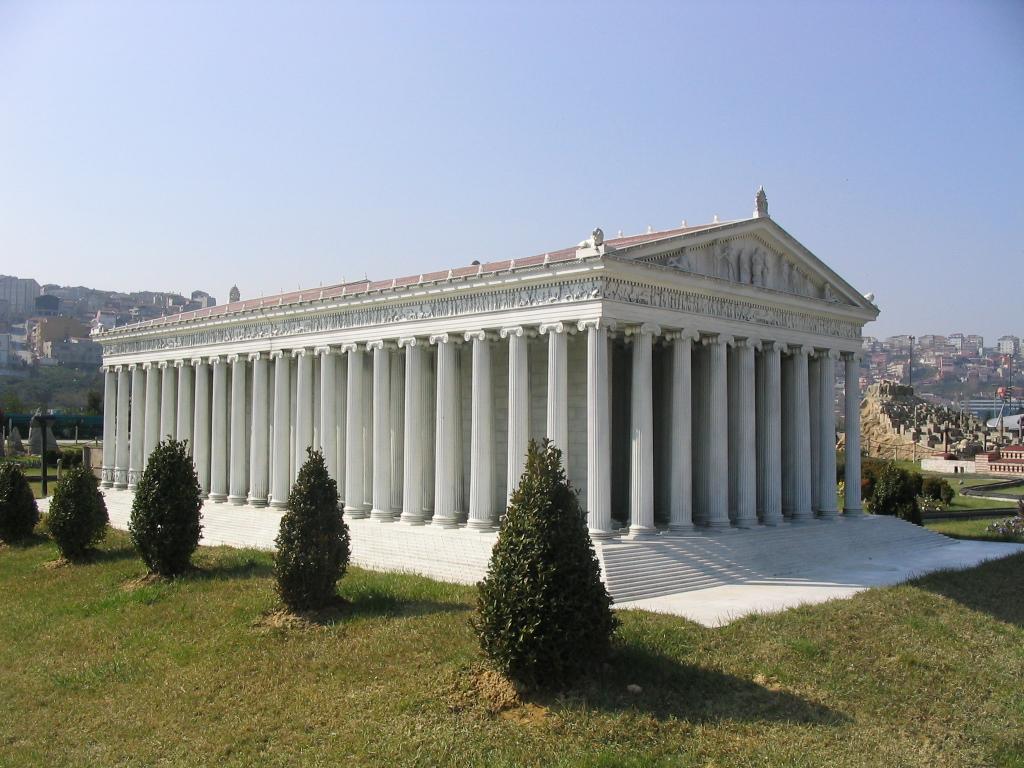
Architectural Features: The Temple of Artemis was renowned for its massive size and impressive architectural design. It was one of the largest temples of its time, measuring approximately 115 meters in length, with over 100 columns standing at a height of about 18 meters. The columns were made of marble and adorned with intricate carvings and decorative elements.
The temple’s design followed the Ionic architectural style, characterized by its elegant proportions and ornate details. The columns, with their spiral fluting and elaborately sculpted capitals, showcased the artistic craftsmanship of ancient Greek artisans. The temple’s roof was covered with marble tiles, adding to its opulence and magnificence.
Cultural Significance: The Temple of Artemis played a vital role in the religious and cultural life of ancient Ephesus. It was believed to house a sacred statue of Artemis, which was considered a divine representation of the goddess. The temple attracted numerous pilgrims and worshippers who came to seek the favor of Artemis and offer their prayers and sacrifices.
The temple’s significance extended beyond the religious sphere. It served as a symbol of the wealth and power of the city of Ephesus and drew visitors from far and wide. The annual festival of Artemis, known as the Artemisia, was a grand event that brought together people from various regions, fostering cultural exchange and trade.
Visiting the Temple of Artemis: While only the ruins of the Temple of Artemis remain today, a visit to the site allows visitors to envision its former glory and appreciate its historical and cultural significance. The archaeological site showcases the foundation and partial remains of the temple, giving visitors a sense of its immense scale and architectural beauty.
As visitors wander through the ruins, they can imagine the temple’s towering columns, walk along the once-majestic processional avenue, and marvel at the remnants of the altar and various structures that formed part of the temple complex. Interpretive panels and displays provide historical context and insight into the temple’s significance.
Conclusion: The Temple of Artemis
in Ephesus stands as a testament to the architectural brilliance and religious devotion of the ancient world. Its colossal size, intricate design, and cultural significance make it an iconic site of historical and archaeological interest. A visit to the ruins of the Temple of Artemis offers a fascinating journey back in time, allowing visitors to connect with the ancient Greek civilization and gain a deeper understanding of the profound impact of Artemis, the goddess of hunting and childbirth, on the lives of the people of Ephesus.
Book Your Flights : Here 30% OFF on Booking
Book Your Hotels : Here 20% OFF on Booking








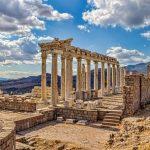

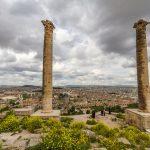






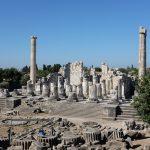




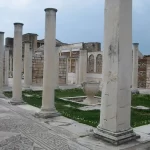




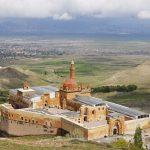


0 Comment